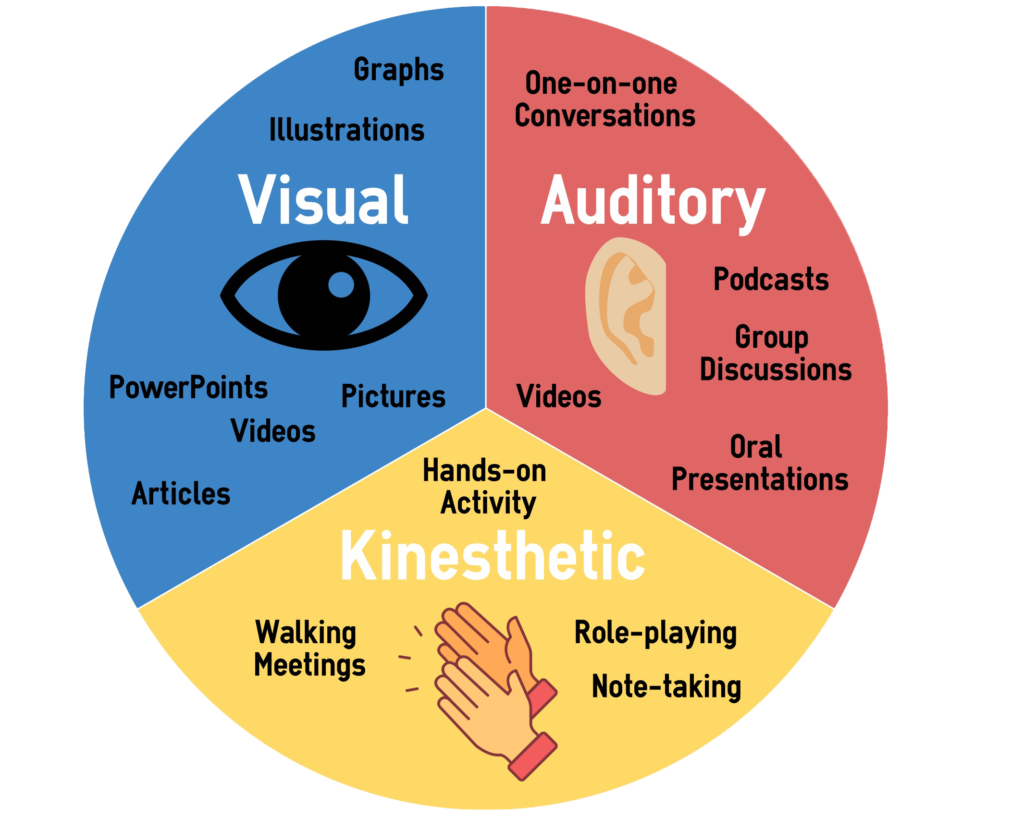The "7 Impact Boosters" to maximize the impact of your message
1. Wording with "You"
We already saw that our old brain is self-centered. To make your marketing message effective, be sure to involve your audience through the use of “you” or “your” and let their imagination do the work. Don’t focus on your product features but on the benefits that your audience will experiment. Focus on the pain of your customers, let them know that you exactly know what they are going through. You are not the center of your message, your audience is!
2. Your Credibility
-
- Creativity
-
- Fearlessness
-
- Passion
-
- Integrity
-
- Similarity
-
- Expressiveness
3. Contrast
As we said in our post about the 6 stimuli to the old brain, your reptilian brain is effectively impacted by visible contrast such as before/after or now/later. A way to apply contrast in your presentation is to present your prospect without your solutions/with your solution. You can also use a contrast you/your competitors to show your main point of differentiation in an easy to see manner.\
4. Emotions
Another insight we gathered from our previous post is to effectively use emotions to make your message or presentation much more memorable and impactful. Convey a message to the reptilian brain via rational arguments is not enough, you have to create some kind of emotions. It requires creativity but you can still use some of the 6 message building blocks, such as stories or mini-dramas, to create such emotional response from your audience.
5. Varying Learning Style
We all tend to better learn from different ways. However, we can group learning styles in three main groups. People learning through the visual channel, people learning through the auditory channel and people learning better through the kinesthetic channel. The “visual” people will more easily learn by seeing things, whereas “auditory” people will rely on their hearing capabilities to retain information. Finally, people from the kinesthetic learning style will touch things to remember things more easily. In a presentation, your audience will probably not have the same learning style. This is why you should use all three to maximize your chance to get your message in your prospect’s old brain. Use a visual presentation to support your speech and, if you have a small audience, let them touch a prop, a demo or a prototype.

6. Stories
Stories, as we already seen, are very powerful to make your audience imagine what their life could be with and/or without your product or services. Create a sensory environment to make it more realistic and be precise. However, be sure that your story has a point and finish with a punchline to be well remembered.
7. Less is More
This last advice is particularly relevant in the modern marketing world. You may have heard about the end of logos and the fact that companies tend to rely more on colors, packaging or other distinctive brand signs. Moreover, as the average American citizen is exposed to approximately 3,500 pieces of advertising every single day, our attention span has significantly decreased. Therefore, the most effective marketing message are the ones that convey the message in the shortest and simplest way. Keep your speech simple and focus on only 1 or 2 features and benefits. Also, be sure to focus on the impact instead of the number of your arguments.
Reference:
Renvoisé, Patrick; Morin, Christophe; “Neuromarketing: Understanding the “Buy Buttons” in Your Customer’s Brain“, Publisher: Thomas Nelson; Print, 2007
